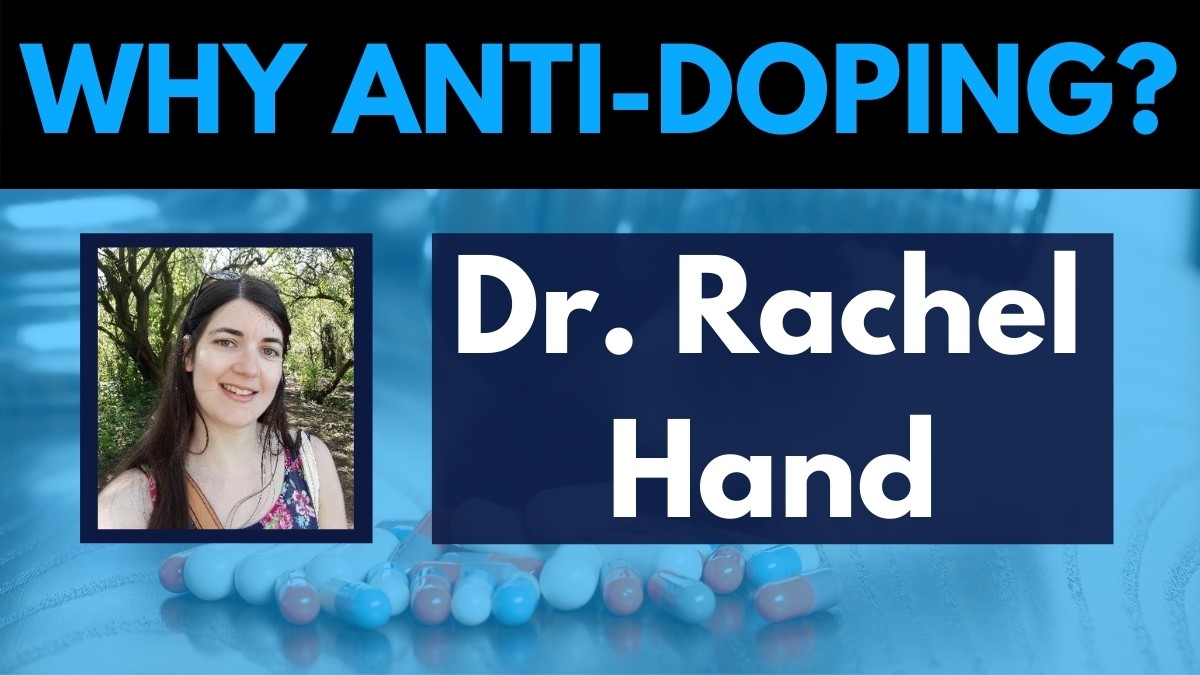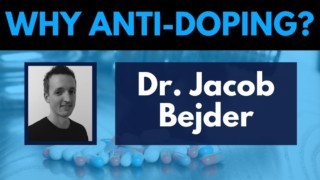Clean sport research can be incredibly rewarding, but you don’t have to take the Partnership for Clean Competition’s word for it. Researchers in the anti-doping space bring a lot of passion to their work. We decided to let them explain what makes the field so compelling in their own words.
Dr. Rachel Hand is a Postdoctoral Research Associate at De Montfort University and visiting Research Fellow at The Open University. She has a background in polymer chemistry and analytical chemistry. She describes her work in anti-doping as “eye-opening and fascinating.”
How would you describe your work to someone unfamiliar with the field?
I’m working on improving analytical testing methods used to catch doping in athletes.
I synthesise polymers to use as filters on the athletes’ urine samples for cleaner, more sensitive detection alongside developing a new analytical technique.
Why are you drawn to anti-doping?
As an avid fan of sports (mostly as a spectator these days) I have seen many anti-doping cases play out (including at my hometown club). I love working on projects on “real-world” applications, and to be able to see behind the scenes as a fan is eye-opening and fascinating, not to mention the cutting-edge analytical science I get to carry out as part of the project.
Why should scientists in related fields take a look at contributing to anti-doping?
Anti-doping is a constantly evolving field as athletes etc. look for new ways to gain an advantage. In order to keep up with this, the analyses also need to evolve and, while great strides have been made in recent years, there is still more work to be done. My collaborators and I all come from different scientific backgrounds but all equally find anti-doping an interesting field to research in.
Would you like to help spread the word about anti-doping research by answering these questions for our next post? Know someone you’d like to hear these answers from? Tweet at @PCCAntiDoping or email Communications Director David Kumbroch at dkumbroch@cleancompetition.org to nominate someone.




